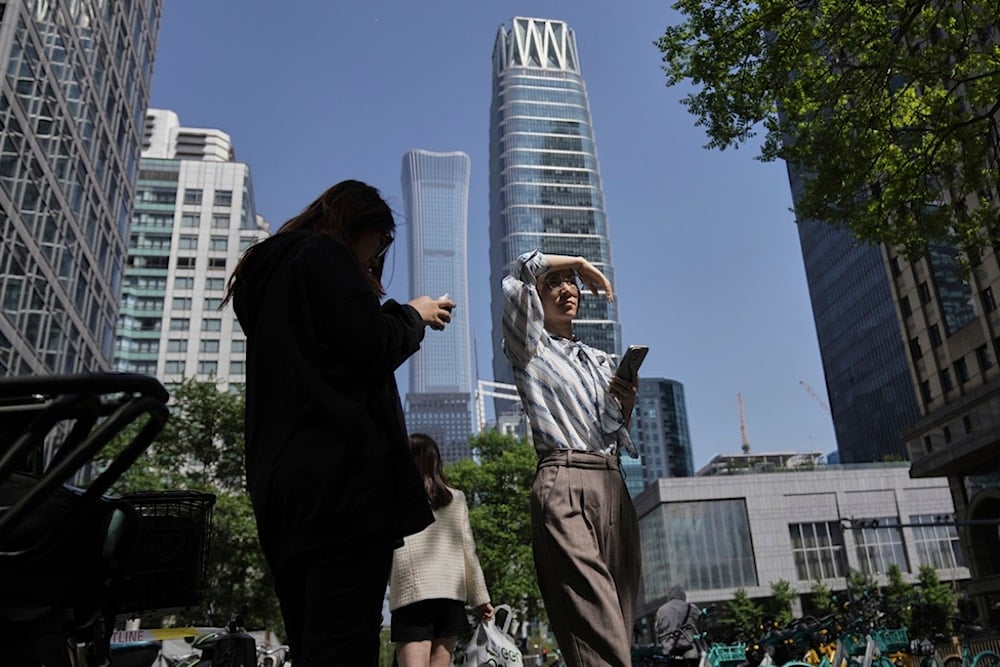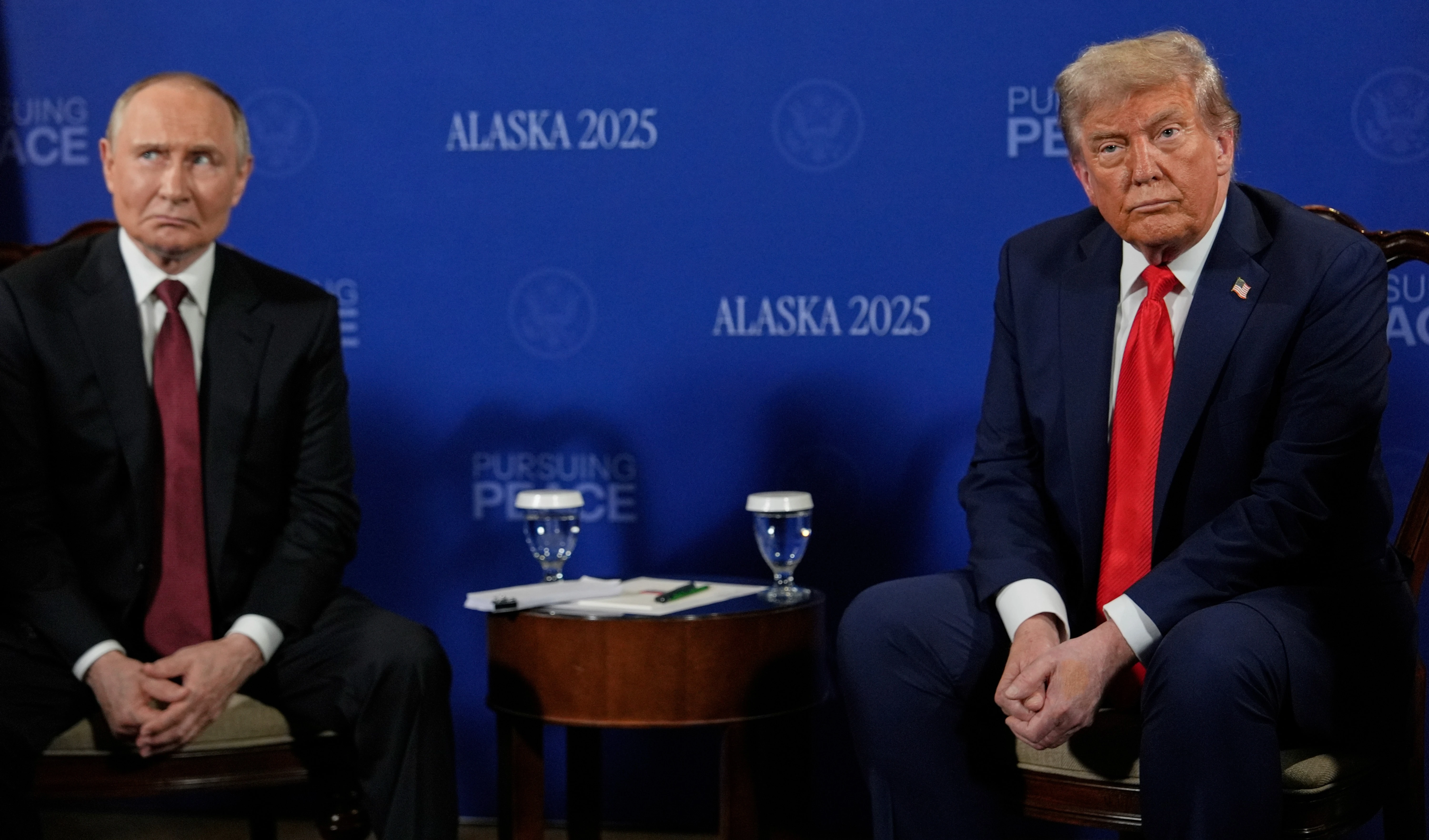China says US trade communique to be 'good news for the world'
A joint US-China trade communique expected Monday will be "good news for the world," Chinese officials say, following progress at Geneva economic talks.
-

Women walk past office buildings during their lunch break at the Central Business District, in Beijing, Monday, April 28, 2025. (AP)
China’s Deputy Commerce Minister Li Chenggang said on Sunday that the joint US-China trade communique expected to be released on Monday would bring "good news for the whole world," following two days of high-level economic talks between the two countries in Geneva.
Speaking to reporters, Li highlighted the significance of the upcoming statement, adding, “Regardless of when it is published, the contents of the joint communique tomorrow will be good news for the whole world.” He made the comments when asked whether the release would come before the opening of international stock markets.
The remarks follow meetings held Saturday and Sunday between top Chinese and American trade officials, including Chinese Vice Premier He Lifeng, who noted that the talks had yielded “significant progress.” The negotiations were among the most substantial since relations soured last month.
On April 2, US President Donald Trump imposed a new wave of tariffs on Chinese imports, a move that reignited tensions between the world’s two largest economies. While Washington framed the measures as part of a broader strategy to protect American industries and force structural reforms in China, Beijing denounced the move as the opening of a trade war and vowed to respond accordingly.
Since then, efforts have been underway to de-escalate the confrontation, with both sides signaling interest in reaching a framework that can stabilize markets and re-establish a path for mutual economic cooperation. The Geneva talks mark a potential turning point in what has otherwise been a turbulent phase in bilateral relations.
US, China meet for trade talks
Senior US and Chinese officials gathered in Geneva on Saturday to hold high-level trade talks aimed at easing tensions in a tariff dispute that began under US President Donald Trump.
The conflict, which started with the imposition of sweeping tariffs by Washington, intensified as Beijing implemented firm retaliatory measures.
US Treasury Secretary Scott Bessent and US Trade Representative Jamieson Greer held discussions with Chinese Vice Premier He Lifeng, marking the first direct engagement between the two sides since the latest wave of tariffs announced by Trump last month.
Around 9:30 am local time, Bessent, Greer, and about a dozen other US officials moved swiftly through the lobby of the Intercontinental Hotel in Geneva, avoiding reporters and heading directly to their vehicles.
The Chinese delegation departed from the nearby President Wilson Hotel, accompanied by a heavy police presence that temporarily shut down roads across the city as both delegations traveled to the undisclosed venue.
Although the exact meeting site had been kept confidential, reporters confirmed that the US-China trade talks were taking place at a secure location elsewhere in Geneva.
Trump signals openness to tariff reductions
On Friday, Trump suggested the possibility of reducing tariffs, posting on social media that an “80% Tariff on China seems right” while also hinting at potential changes to existing trade policy.
However, US Commerce Secretary Howard Lutnick clarified in a television interview that the president remains interested in finding common ground but will not act unilaterally.
White House Press Secretary Karoline Leavitt reinforced that any easing of tariffs would require concessions from Beijing, underlining that Washington is not considering lifting trade measures without reciprocal steps from China.
Experts note that while deep tensions persist, the talks mark a step toward re-engagement. Bill Reinsch, a senior advisor at the Center for Strategic and International Studies and former member of the US-China Economic and Security Review Commission, acknowledged the troubled state of relations but described the dialogue as a constructive move.

 4 Min Read
4 Min Read










